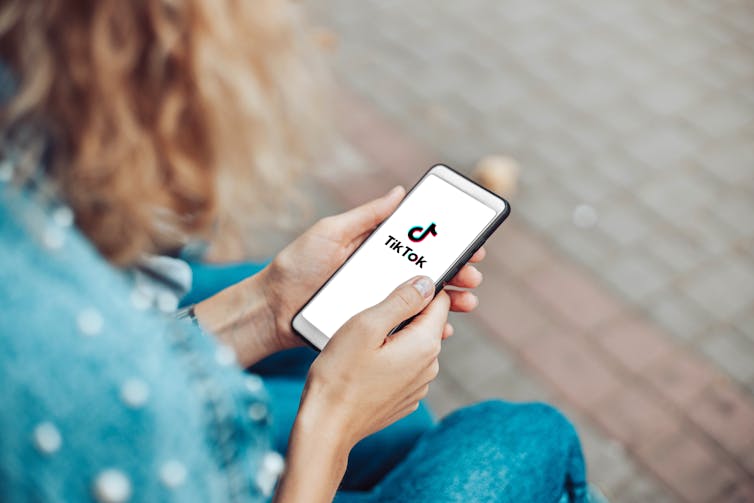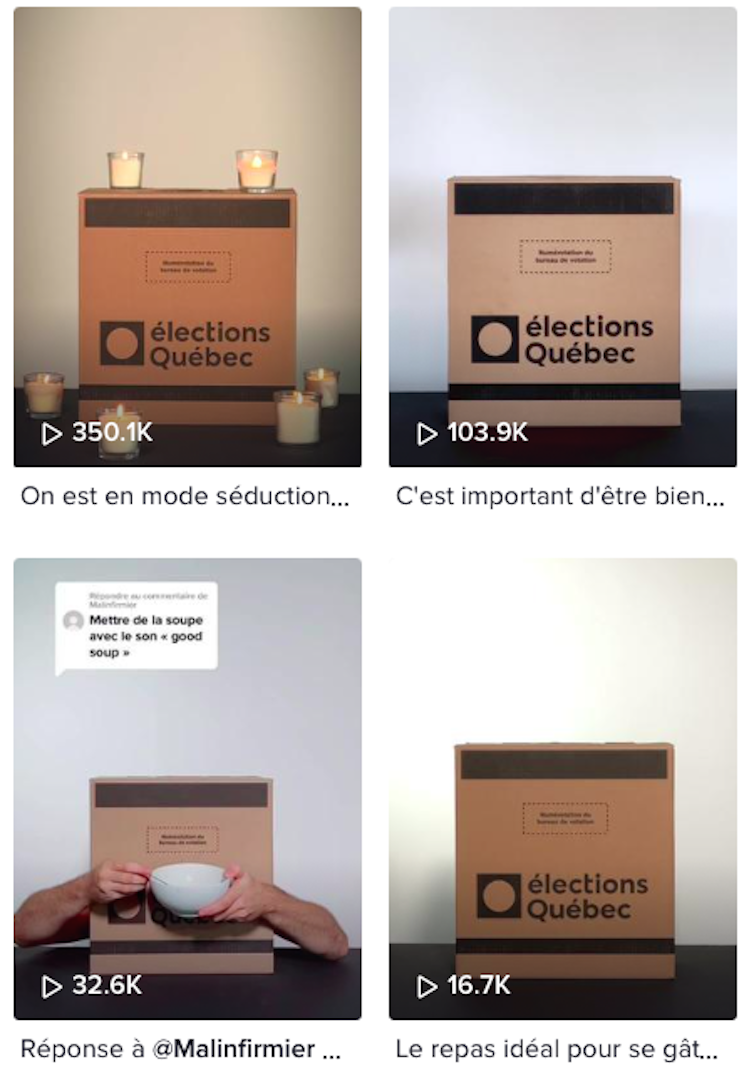is a PhD Candidate in Political Science at .
It increasingly seems that projections of election results based on public polling are unreliable. The 2022 midterm elections in the United States are a prime example.
Americans appeared set to vote Republican en masse ‚ÄĒ in a so-called ‚ÄúRed Wave‚ÄĚ ‚ÄĒ on the morning of Nov. 8.
Amid , a perfect storm was brewing. Polls suggested a huge Republican win was imminent and the party was poised to secure control of the House and the Senate with a sizeable majority.
We now know those predictions did not materialize. . Republican results were lacklustre at best.
Youth voters have been hailed as the catalyst that turned the .‚ÄĚ cast a ballot ‚ÄĒ the second highest youth voter turnout in nearly 30 years. Further still, roughly 63 per cent of youth voters backed Democratic candidates ‚ÄĒ the only age group in which a strong majority supported Democrats.
The reality of election results and the glaring absence of youth voter impact on projections begs the question: are we accurately capturing public opinion?
What went wrong for pollsters
Historically, there are two methods determining election result projections: based on trends and political theory or probability sampling. Regardless of the framework, these predictions rely on one thing: accurately representing public opinion.
Though voting methods have slowly begun to adapt to the technological societal shift, , public opinion polling remains rooted in the past.
Despite its vital importance to determining election forecasts, the presidential approval rating is Similarly, while probability sampling often relies on aggregating data from several sources, .
Pop culture is ripe with anecdotes of people ignoring ‚Äúcold calls,‚ÄĚ yet public polling efforts continue to engage ‚ÄĒ or, rather, disengage ‚ÄĒ youth voters by failing to understand where they spend their time online.

How do young voters engage?
In the wake of U.S. midterms results that stunned political analysts, social media buzzed with commentary from young voters.
One user wrote: ‚ÄúBefore the next election, you might want to find a better way to poll anyone under the age of 30 since they would rather pick up a pinless grenade than a call from an unknown number.‚ÄĚ
Of course, this was intended as a joke, but there is some factual basis in the sentiment. Millennials have already been blamed for , with
In any other industry, this data would signal an immediate need to pivot to a digital platform.
Engaging in the right place
The question of public engagement goes beyond ‚Äúhow‚ÄĚ citizens are being polled. It must also ask ‚Äúwhere.‚ÄĚ
It’s not enough to simply shift polling methods from telephone-based to online. The platform where engagement happens matters.
Though some pollsters administered online surveys, often these were via traditional news sources. For an opinion poll to be arbitrarily administered within the same echo chamber of legacy media doesn’t bridge the gap that exists in elections data.
The way each generation consumes content online, particularly news, changes rapidly. , even over Google. Increasingly, advertisers have begun to embed their consumer polling through platforms like YouTube and TikTok.
Other political outreach organizations have begun to recognize this and adapt their methodology.
In late August 2022, √Člections Qu√©bec launched a to generate interest in the provincial election. Playing into viral videos (), some of its content garnered more than 350,000 views.

Despite predictions of a low voter turnout in Québec, .
While it’s difficult to empirically measure the impact of this specific political outreach method on election results, the sheer engagement on the platform and youth voter turnout speaks volumes.
Looking to the future
Above all else, the 2022 U.S. midterms offer a positive glimpse into the future. No longer can young voters be cast as apathetic and disconnected.
There’s now a generational shift away from voter apathy, which is beneficial across the political spectrum.
The disconnected, in fact, seem to be those trying to accurately measure public opinion.
The ‚ÄúPink Splash‚ÄĚ offers a tough lesson in engagement for pollsters. If they continue to use traditional methods, election polls will never provide an accurate representation of what‚Äôs going to happen when voters cast their ballots.![]()
This article is republished from under a Creative Commons license. Read the .

